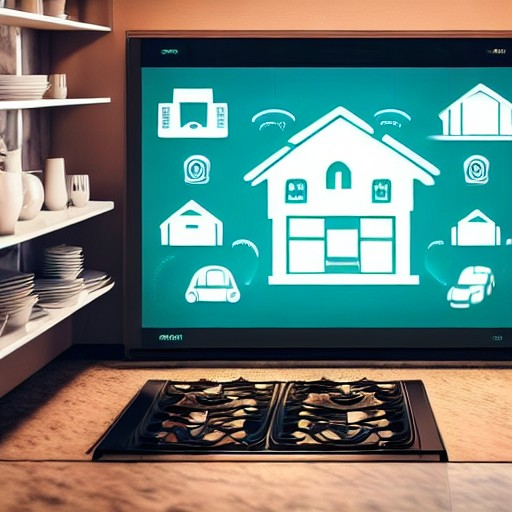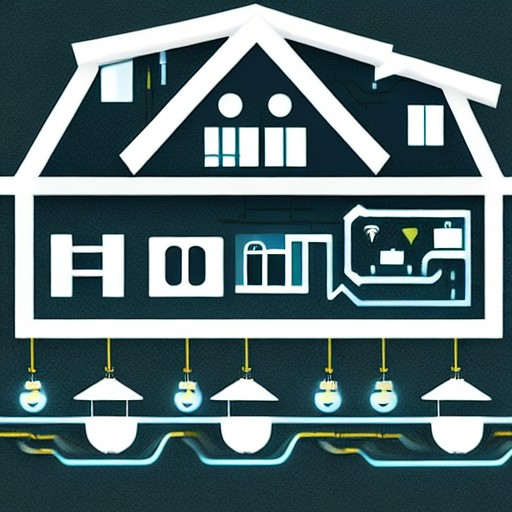A Look at the Technology Behind Smart Homes
Smart homes are becoming increasingly popular due to their ability to provide homeowners with convenience, comfort, and security. The technology behind smart homes is based on the concept of the Internet of Things (IoT), where various devices and appliances are connected to the internet and can be controlled remotely.

How it Works
The main components of a smart home system are sensors, controllers, and actuators. Sensors detect changes in the environment, such as temperature, motion, and light, and send this data to the controllers. The controllers process this data and make decisions about what action to take. Actuators are then used to carry out these actions, such as turning on/off lights, adjusting the temperature, or locking/unlocking doors.

Benefits of Smart Homes
Smart homes offer numerous benefits, including:
- Convenience: You can control various aspects of your home from anywhere using your smartphone or voice commands.
- Energy Efficiency: Smart thermostats and lighting systems can help reduce energy usage and lower utility bills.
- Home Security: Smart locks, cameras, and sensors can help improve home security and provide peace of mind.
- Accessibility: Smart home technology can be especially beneficial for individuals with disabilities or mobility issues.


Future of Smart Homes
The technology behind smart homes is rapidly advancing, and we can expect to see even more advanced features in the future. For example, smart homes may incorporate artificial intelligence (AI) to learn and adapt to homeowners' preferences and habits, or use augmented reality (AR) to provide an immersive and interactive home experience.
Overall, the technology behind smart homes has the potential to greatly improve our daily lives and make our homes more comfortable, efficient, and secure.
